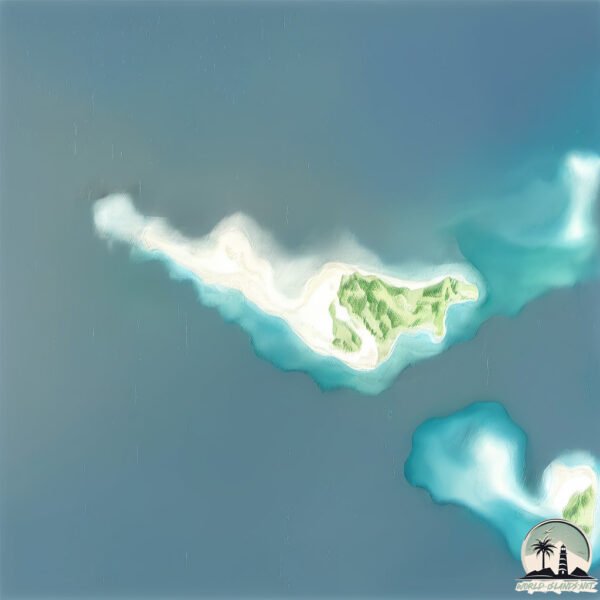Gran Roque

Welcome to Gran Roque, a Dry island in the Caribbean Sea, part of the majestic Atlantic Ocean. This guide offers a comprehensive overview of what makes Gran Roque unique – from its geography and climate to its population, infrastructure, and beyond. Dive into the details:
- Geography and Size: Explore the island’s size and location.
- Climate and Weather: Weather patterns and temperature.
- Topography and Nature: Uncover the natural wonders of the island.
- Infrastructure and Travelling: Insights on reaching, staying, and making the most of your visit.
- News and Headlines: Latest News.
Geography and size of Gran Roque
Size: 1.507 km²
Coastline: 8.4 km
Ocean: Atlantic Ocean
Sea: Caribbean Sea
Continent: North America
Gran Roque is a Small Island spanning 1.5 km² with a coastline of 8.4 km.
Archipel: Lesser Antilles – A long arc of small islands in the Caribbean Sea, stretching from the Virgin Islands to Trinidad, known for their distinct cultures and tropical landscapes.
Tectonic Plate: Caribbean – Covering the Caribbean Sea and surrounding regions, this plate is bordered by the North American Plate and the South American Plate. Known for seismic activity, including earthquakes and volcanic eruptions, and features like the Puerto Rico Trench.
The geographic heart of the island is pinpointed at these coordinates:
Latitude: 11.95002197 / Longitude: -66.67639117
Climate and weather of Gran Roque
Climate Zone: Dry
Climate Details: Hot Semi-Arid (Steppe) Climate
Temperature: Hot
Climate Characteristics: Features hot summers and mild to warm winters. Receives more rainfall than hot deserts but less than tropical savannas, leading to a somewhat more varied landscape.
Topography and nature of Gran Roque
Timezone: UTC-04:30
Timezone places: America/Caracas
Max. Elevation: 7 m
Mean Elevation: 5 m
Vegetation: Wetland
Tree Coverage: 76%
The mean elevation is 5 m. The highest elevation on the island reaches approximately 7 meters above sea level. The island is characterized by Plains: Flat, low-lying lands characterized by a maximum elevation of up to 200 meters. On islands, plains are typically coastal lowlands or central flat areas.
Dominating Vegetation: Wetland
These areas are saturated with water, either permanently or seasonally, and support aquatic plants. Wetlands are important for biodiversity and water filtration. Gran Roque has a tree cover of 76 %.
Vegetation: 4 vegetation zones – Diverse Island
Four distinct vegetation zones mark these islands as ecologically diverse. They might feature varied landscapes such as forests, beaches, grasslands, and rocky areas. Such diversity reflects the island’s complex ecological interactions and varied habitats, which can support a rich array of wildlife and plant species.
Infrastructure and Travelling to Gran Roque
Does the island have a public airport? yes.
Gran Roque has a public and scheduled airport. The following airports are located on this island: Los Roques Airport.
Does the island have a major port? no.
There are no major ports on Gran Roque. The closest major port is LA GUAIRA, approximately 150 km away.
The mean population of Gran Roque is 12 per km². Gran Roque is Gently Populated. The island belongs to Venezuela.
Continuing your journey, La Orchila is the next notable island, situated merely km away.
Venezuela is classified as Emerging region: G20: Group of Twenty – Major economies comprising both developed and emerging countries, representing the world’s largest economies. The level of income is Upper middle income.
News – Latest Updates and Headlines from Gran Roque
Stay informed with the most recent news and important headlines from Gran Roque. Here’s a roundup of the latest developments.
Please note: The data used here has been primarily extracted from satellite readings. Deviations from exact values may occur, particularly regarding the height of elevations and population density. Land area and coastline measurements refer to average values at mean high tide.
